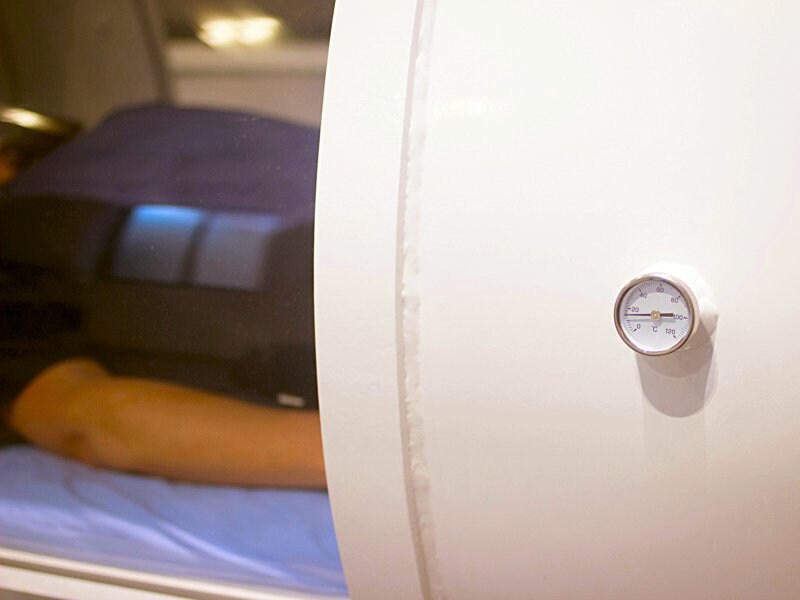Diabetic foot disease is not a one-doctor disease, and the most important challenge facing healthcare systems today is to put into place the multidisciplinary teams it takes to treat patients at risk for diabetic foot disease. This will help prevent amputations that occur far too frequently in the absence of timely care, say a group of experts.
They are highlighting their message in a comment published online August 3 in Lancet Diabetes & Endocrinology.
This follows the Seventh International Symposium on the Diabetic Foot earlier this year, during which a new global guidance of the International Working Group on the Diabetic Foot was launched. The rest of the meeting was devoted to brainstorming on how best to implement the new guidelines to put into place the objectives that are known to improve outcomes, with the goal of improving diabetic foot care worldwide.
"Results continue to show that too many patients fail to receive timely and optimum treatment in both the ambulatory and inpatient settings," lead author Benjamin Lipsky, MD, from Green Templeton College, University of Oxford, United Kingdom, and colleagues write.
This is true not just for developing countries but in developed nations such as the United States, where the lack of a national healthcare system remains a major barrier to the delivery of timely and appropriate care for patients with diabetic foot disease.
Diabetic Foot Complications Disproportionately Affect Poor
In a recent evaluation from 2006 to 2010, it was estimated that US costs are $1.9 billion per year to treat patients with diabetic foot ulcers in emergency departments alone, and that this rockets to close to $9 billion per year when inpatient charges were added (PLOS One. 2015. DOI:10.1371/journal.pone.0134914).)
More important, clinical outcomes among the over one million cases of diabetic foot disease treated at US emergency departments in those 4 years resulted in death in 2%, sepsis in close to 10%, and amputation in over 10%. Amputations from diabetic foot disease also disproportionally affect the poor.
"In the US, there are already organized wound-care centers and all the disciplines needed to treat diabetic foot disease, but they are mainly organized in private centers, so they are probably more accessible to the rich but not to the poor," coauthor Kristien Van Acker, MD, chair, International Working Group on Diabetic Foot (IWGDF), told Medscape Medical News. Dr Van Acker is also chair of the International Diabetes Federation's (IDF's) consultative section on diabetic foot.
Thus, offering timely and appropriate care to patients at risk for amputation is a major challenge in many regions of the United States where pockets of the poor reside, she added.
To improve care to the diabetic poor in the United States, Dr Van Acker feels that the IWGDF and the IDF have to work closely with large patient organizations there, as well as general practitioners, the media, and charitable organizations to raise awareness of diabetic foot disease.
There is also a need to target patients at risk for diabetic foot disease, to try to encourage them to take personal responsibility to prevent diabetic foot ulcers through well-established proactive measures.
"We have scientific champions for diabetic foot disease in the US, but we need implementation champions as well," Dr Van Acker said. "And we need to expand their efforts through patient organizations that are already well-organized."
National Diabetes Foot Programs in Some Countries
In countries such as Canada and in certain European countries, national diabetes programs already exist, and these programs are usually complemented by national foot-care programs, Dr Van Acker noted.
With these programs already in place, "it is a lot easier to implement our guidelines," she said.
For example, in the United Kingdom, diabetes foot care champions identified why delays in timely referral were occurring among patients at risk for amputation despite having national foot-care programs in place.
Once these care gaps had been identified, UK organizations responded with the "Putting Feet First" program to reduce amputations.
The goal of the program is to ensure that patients with diabetes at risk for foot disease are both identified and fast-tracked to a specialist team where they can be assessed and treated in a timely manner.
Hospitals that have introduced multidisciplinary foot-care teams have seen the number of amputations drop by half.
The IWGDF has also partnered with the IDF to help emerging countries improve diabetic foot care in many regions of the world.
For example, together with the IDF, the IWGDF and the World Diabetes Foundation are working together to initiate a foot-care project named Step-by-Step, the goal of which is to improve diabetic foot care in the developing world. With the help of local champions, this has now been introduced in many countries.
At the very minimum in any country, the goal is to establish as many diabetic foot clinics as possible, staffed as needed by motivated and passionate people who can both raise awareness about diabetic foot disease and offer optimal care and management as recommended by current IWGDF guidelines.
Even "small initiatives can make a huge difference," Dr Van Acker said.
The authors have no relevant financial relationships.
Lancet Diabetes Endocrinol. Published online August 3, 2015. Editorial


